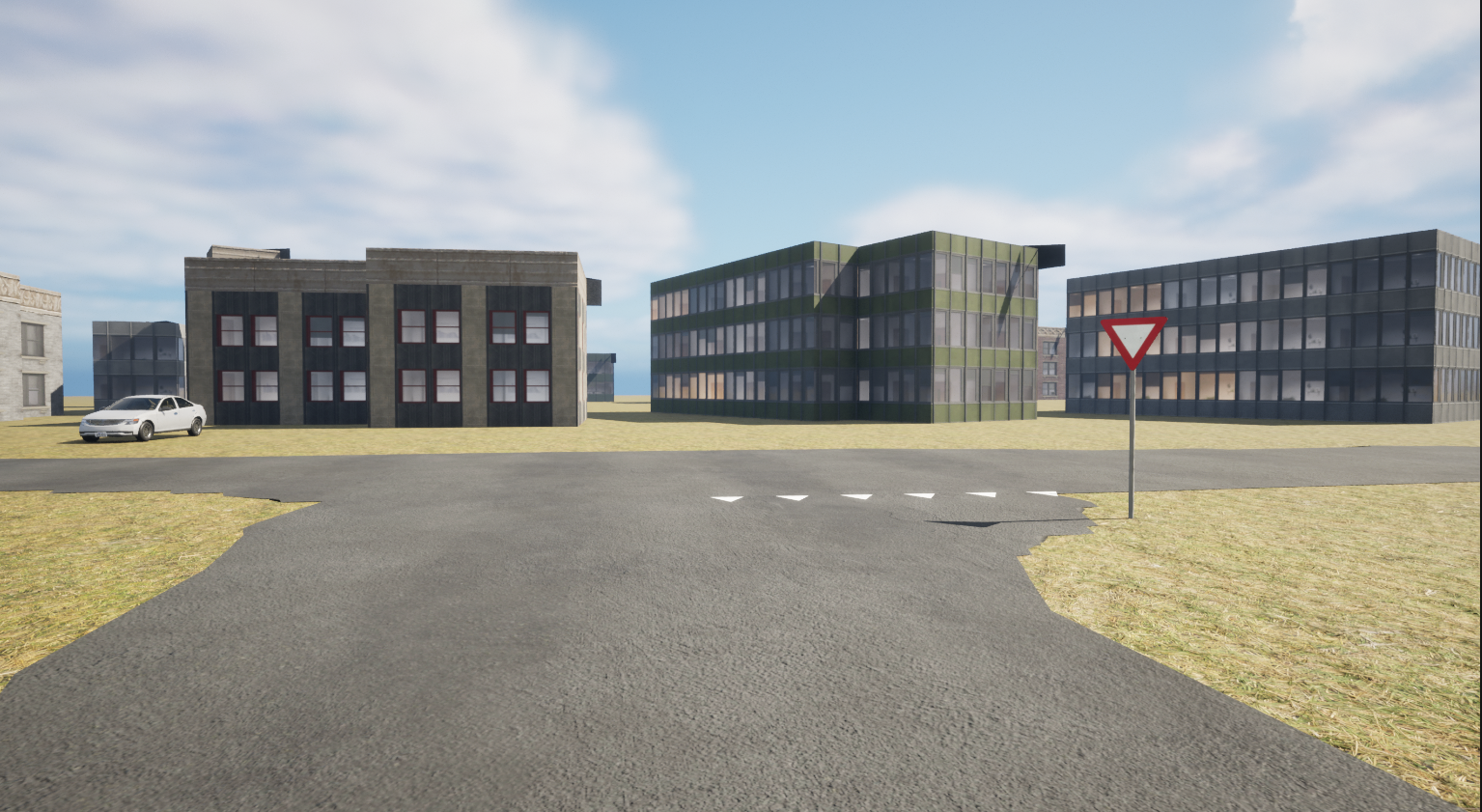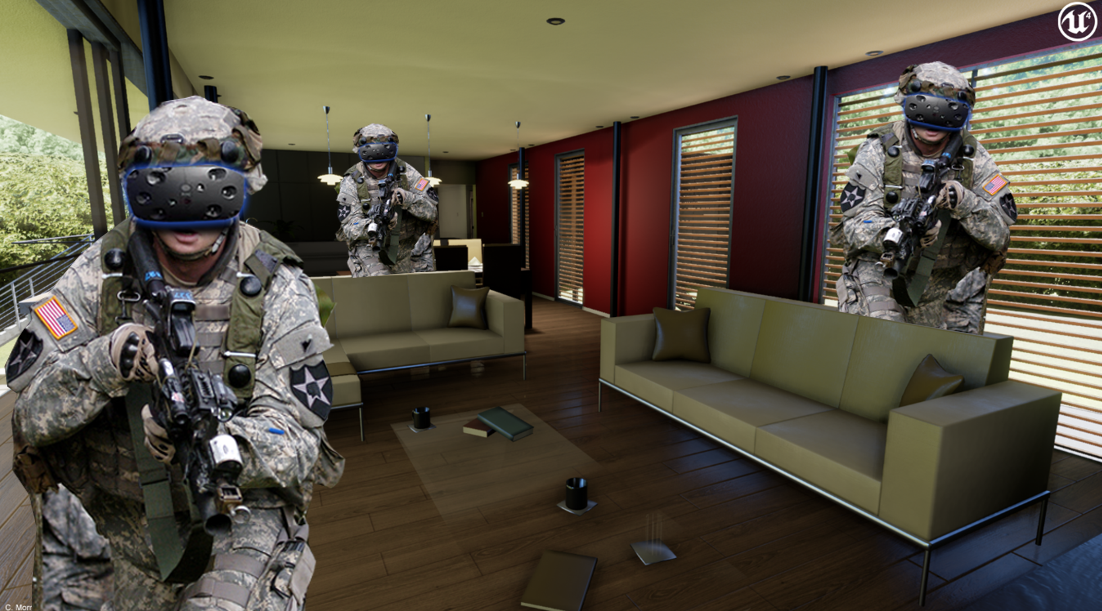This master thesis project was realized by Matthias Monbailleu.
With the ever-increasing abundance of small, lightweight robots in the industry, in Defense and in daily life, reliable multi-robot collaboration procedures are becoming a necessity. A desirable use-case for these multi-agent systems is mapping environments: the multi-agent configuration enables a potential increase in speed and accuracy and adds redundancy in case of failure or destruction of an agent. Mapping an unknown environment is usually done with Simultaneous Localization and Mapping (SLAM) techniques. This research focuses on mapping unknown spaces while detecting and localizing objects in the environment. A quantitative comparison between single and multi agent systems shows that – as expected – the latter outperforms the former. Although the work has been conducted on turtlebots, mapping 2D spaces, the results can be transposed to more sophisticated robots to map 3D spaces.
A typical use case for the Defense would be Search and Rescue (SAR) operations. Indeed, when conducting SAR operations with human teams, there are always potentially life-threatening risks. An alternative approach is to deploy robots, which are smaller, faster, cost-effective and expendable units.


